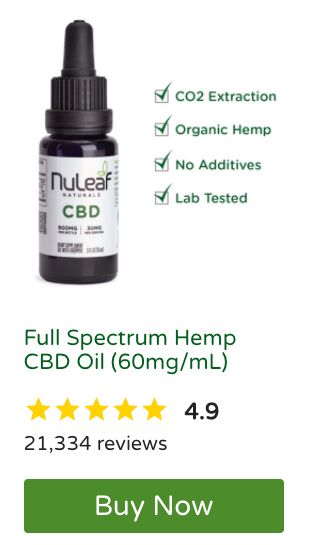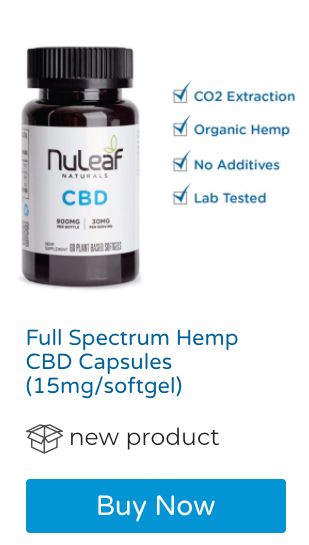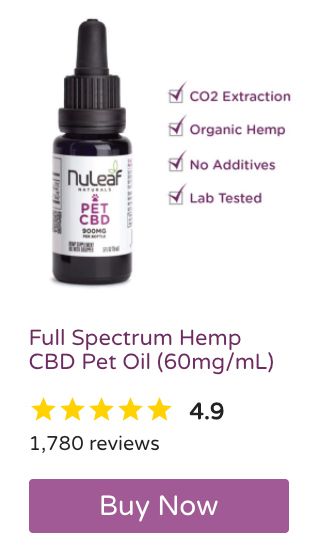The Definitive Guide to Water-Soluble CBD
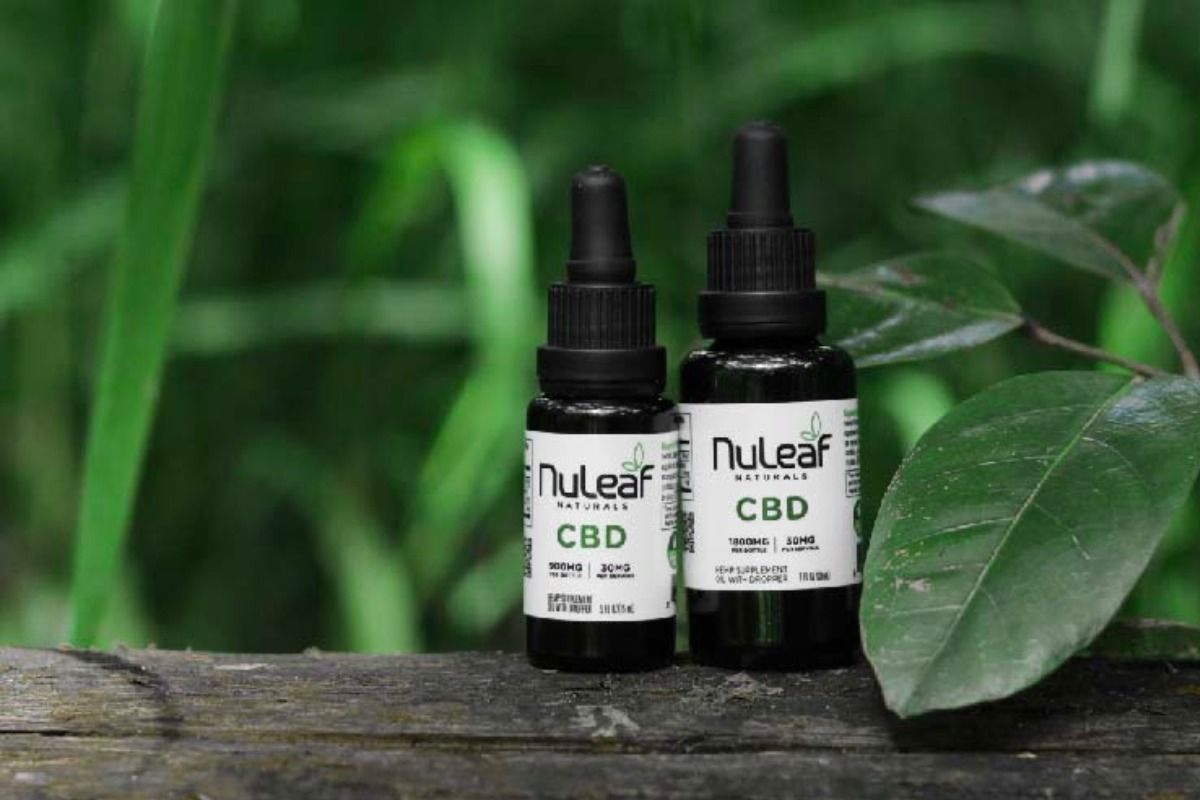
For years, we’ve been hearing how water-soluble vitamins are the best vitamins for absorption, but is the same really true of CBD oil? Is water-soluble CBD an option? Is it something to consider? Is it snake oil? Let’s find out.
What You Need to Know About Water-soluble CBD
What CBD Is
CBD is an abbreviation of Cannabidiol, a derivative of the cannabis plant. Unlike marijuana, CBD contains only trace amounts of THC, and therefore does not get you “high.” CBD works in conjunction with the body’s Endocannabinoid System (ECS) to help the body maintain a state of internal balance.
What Water-soluble Means
The phrase water-soluble is exactly what it sounds like: a substance that can dissolve in water. Some examples of water-soluble vitamins are the eight B vitamins, and vitamin C. When you consider that upwards of 60% of the human body is made of water, it makes sense at first glance that water-soluble vitamins and supplements seem to be better, right? But there’s more to consider when it comes to CBD oil.
“Water-Soluble” CBD
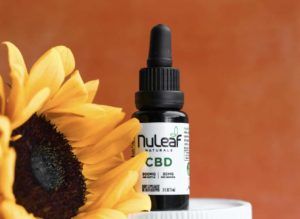
CBD oil is, naturally, an oil. While it’s true that oil and water don’t typically mix, it’s essential to understand that “water-soluble” CBD isn’t really what it sounds like, and buyers of this type of CBD should do their due diligence before buying.
The process for creating most water-soluble CBD oils involves “nanoparticles” which simply means the CBD molecules have been broken down to a very tiny size with the intention of making them easier to absorb. In light of this, “water compatible” or “emulsified” CBD might be a more accurate description than “water-soluble” CBD.
The Down Side of Water-soluble CBD
However, what you may not be aware of, is the fact that additional ingredients and processing is necessary in order to achieve this nanoparticle sizing. The nanoparticles are coated and bonded with additional components, and while scientists know that these types of nanoparticles react differently in the body, it is unclear at this stage whether it is the size of the particles or the added ingredients; and it’s also unclear whether there is any additional benefit to nanoparticles of CBD.
How to Take CBD Oil
You can take pure CBD oil in one of three ways: sublingually (under the tongue, which is believed to provide the fastest absorption), orally, or topically. Even in its pure oil form, CBD can be easily blended into beverages, smoothies, yogurt, salad dressings, and more. Many people also administer CBD oil to their pets, either orally or in their food or treats.
Where to Buy CBD Oil
Are you ready to give CBD oil a shot to see what it can do for your health and well-being? Click here to shop pure, full spectrum CBD oil or CBD capsules from NuLeaf Naturals. Prefer to shop locally? NuLeaf Naturals has partnered with hundreds of local retailers and service providers who offer their pure CBD oil. Click here for an interactive map to find a retail partner near you.

